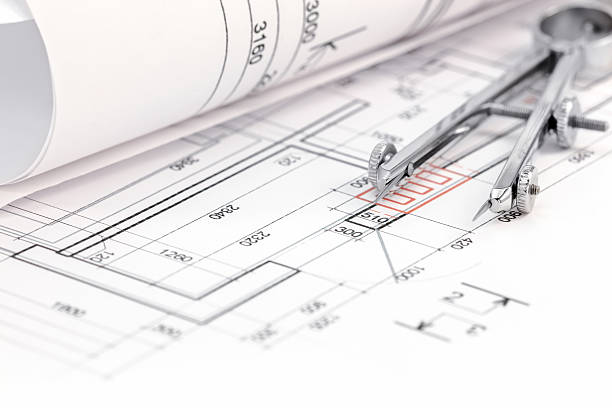Architectural drafting is the cornerstone of transforming creative visions into tangible structures. It is an intricate process that blends artistic flair with technical precision to bring architectural designs to life. This article delves into the world of architectural drafting, exploring its significance, methodologies, and the crucial role it plays in the construction industry.
The Significance of Architectural Drafting:
Architectural drafting serves as the initial bridge between an architect’s imagination and the physical manifestation of a building. Through meticulous sketches, detailed plans, and precise measurements, drafters translate abstract concepts into concrete blueprints. These blueprints serve as the roadmap for construction, guiding builders and contractors throughout the entire process.
The Process of Architectural Drafting:
- Conceptualization: The drafting process begins with the architect’s concept. This involves understanding the client’s requirements, site conditions, and functional needs. Sketches and rough drawings are created to explore design possibilities.
- Initial Drafts: Once the concept is refined, drafters produce initial drafts that showcase the spatial arrangement, proportions, and overall aesthetics of the structure. This stage involves constant collaboration between architects and drafters to ensure the design aligns with the client’s vision.
- Detailed Plans: As the design matures, drafters create detailed plans that include precise measurements, material specifications, and construction details. These plans serve as comprehensive documents for obtaining permits and approvals from relevant authorities.
- Computer-Aided Drafting (CAD): In modern architectural drafting, computer-aided drafting tools like AutoCAD play a pivotal role. These tools enhance efficiency, accuracy, and allow for 3D modeling, providing a more immersive representation of the final structure.
The Role of Drafters:
Architectural drafters are unsung heroes in the construction process. Their expertise lies in translating complex designs into accessible, understandable blueprints. Drafters must possess a keen eye for detail, spatial awareness, and proficiency in both artistic and technical skills. Their work not only influences the aesthetics of a building but also impacts its functionality and structural integrity.
Challenges and Innovations:
Architectural drafting has evolved over the years, adapting to technological advancements and industry demands. Challenges such as changing building codes, sustainability requirements, and the demand for innovative designs drive continual innovation in drafting techniques. Virtual reality, augmented reality, and Building Information Modeling (BIM) are emerging technologies that are reshaping the landscape of architectural drafting.
Conclusion:
Architectural drafting is a dynamic and vital aspect of the architectural process. It brings dreams and concepts into reality, providing the foundation for construction and ensuring that structures not only meet aesthetic expectations but also adhere to functional and safety standards. As technology continues to advance, the role of architectural drafters remains pivotal, marrying tradition with innovation to shape the skylines of the future.













